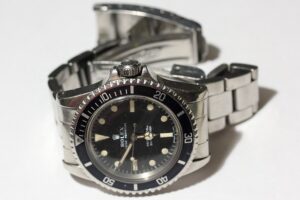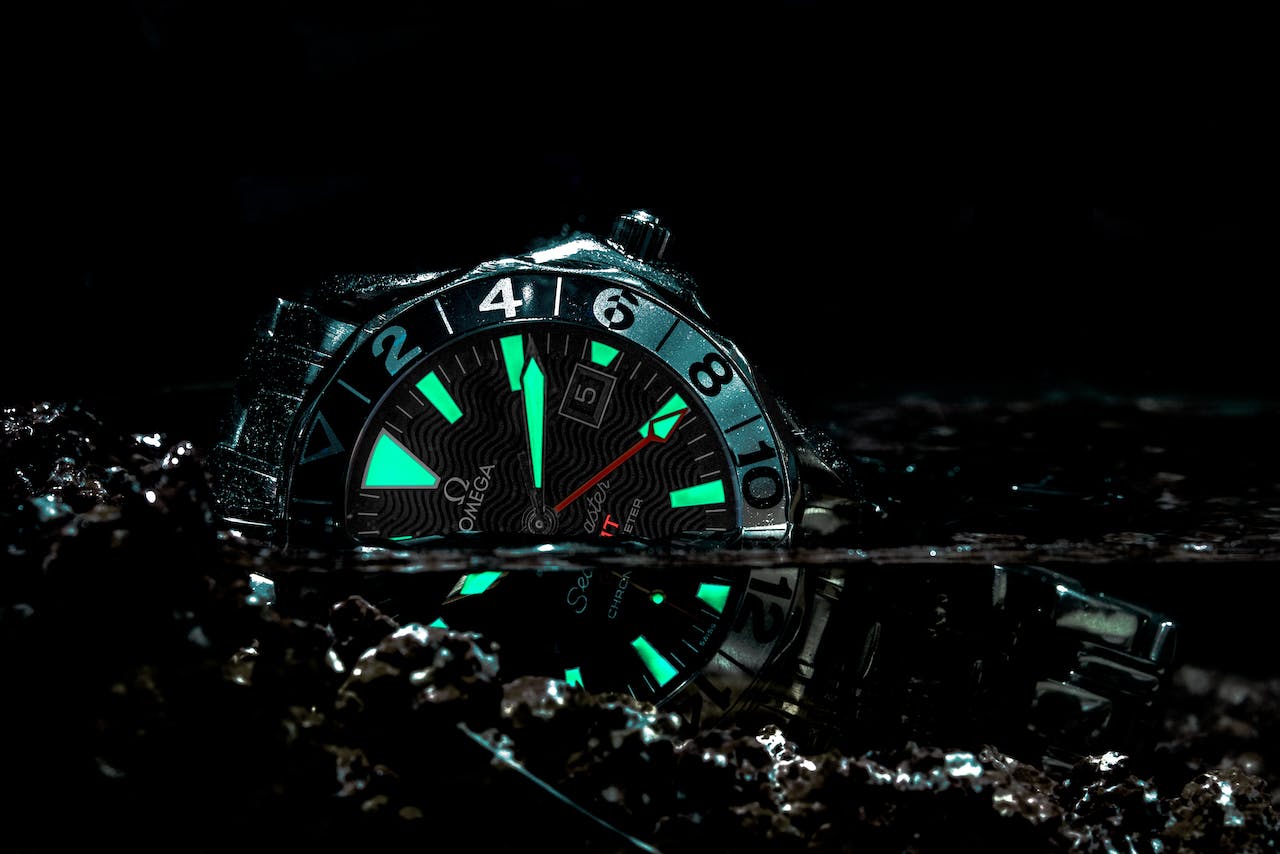A Guide to Choosing the Best Watch for Your Aquatic Adventures
As a watch enthusiast, I have always been drawn to the idea of a timepiece that can withstand the elements and accompany me on my aquatic adventures. Check out my friend’s story at abendzeitung-muenchen.de/mehr/lifestyle/worauf-uhrenbesitzer-beim-wassersport-achten-sollten-art-889540.
Whether it’s diving, swimming, or simply lounging by the pool, having a reliable and durable watch is definitely a must-have for any water lover. That’s why today, we’ll be taking a look at some of the best tips professionals recommend to choose the best watch for your aquatic activities.
Be Familiar With the Water Resistance Ratings
 Basically, these ratings indicate the depth and pressure at which your watch can withstand without letting water in. The first thing you need to know is that not all watches are created equal when it comes to underwater use. Different watches have different levels of water resistance, so it’s important to choose one that aligns with your activities. Water resistance ratings are typically measured in meters or atmospheres (ATMs). For example, a watch with a rating of 50 meters (5 ATM) means it can handle light splashes and brief immersion in shallow water, while a higher rating like 200 meters or 20 ATM indicates its suitability for recreational diving.
Basically, these ratings indicate the depth and pressure at which your watch can withstand without letting water in. The first thing you need to know is that not all watches are created equal when it comes to underwater use. Different watches have different levels of water resistance, so it’s important to choose one that aligns with your activities. Water resistance ratings are typically measured in meters or atmospheres (ATMs). For example, a watch with a rating of 50 meters (5 ATM) means it can handle light splashes and brief immersion in shallow water, while a higher rating like 200 meters or 20 ATM indicates its suitability for recreational diving.
Pick Your Watch Based On You Aquatic Activity and Lifestyle
Different activities require different features in a watch, so it’s crucial to pick one that suits your needs perfectly. So, if you’re into scuba diving or deep-sea exploration, you’ll want a watch that can handle extreme depths and pressure. Look for watches with high water resistance ratings and robust construction materials like stainless steel or titanium. These timepieces are designed to withstand the harsh conditions of the underwater world. On the other hand, if you enjoy swimming or snorkeling in shallow waters, a more lightweight and versatile watch may be ideal. Opt for watches with moderate water resistance ratings and comfortable straps that won’t hinder your movements in the water.
Check the Seal
Did you know that the seal of a watch refers to its ability to prevent water from entering the case and damaging the internal components? A good seal is crucial because even a small amount of water can wreak havoc on the delicate mechanisms inside a watch. It can cause rusting, corrosion, and ultimately render your timepiece useless. To ensure that your watch has a reliable seal, look for watches that are specifically designed for water resistance. These watches often have features such as gaskets or O-rings that create an effective barrier against water intrusion. Another factor to consider when checking the seal is the quality of materials used in the construction of the watch case.
Choose a Watch With a Helium Escape Valve
 So, what exactly is a helium escape valve? Well, when professional divers spend extended periods in pressurized environments such as diving bells or saturation chambers, tiny helium molecules can seep into their watches through the seals.
So, what exactly is a helium escape valve? Well, when professional divers spend extended periods in pressurized environments such as diving bells or saturation chambers, tiny helium molecules can seep into their watches through the seals.
When these divers resurface, the sudden change in pressure causes the trapped helium inside their watches to expand rapidly. That’s where the helium escape valve comes in handy! It acts as a release mechanism for this built-up gas, allowing it to safely and quickly exit the watch without causing any damage. By preventing overpressure, this feature ensures that your watch remains intact and functional even after challenging dives.
Choosing the best watch for your aquatic adventures is a decision that should not be taken lightly. With so many options available, it’s important to consider factors such as water resistance ratings, your specific aquatic activities and lifestyle, the seal of the watch, and whether or not it has a helium escape valve.…

